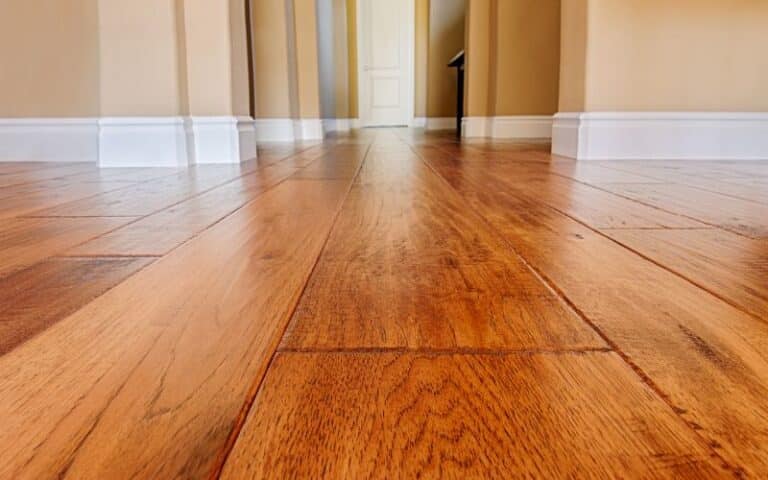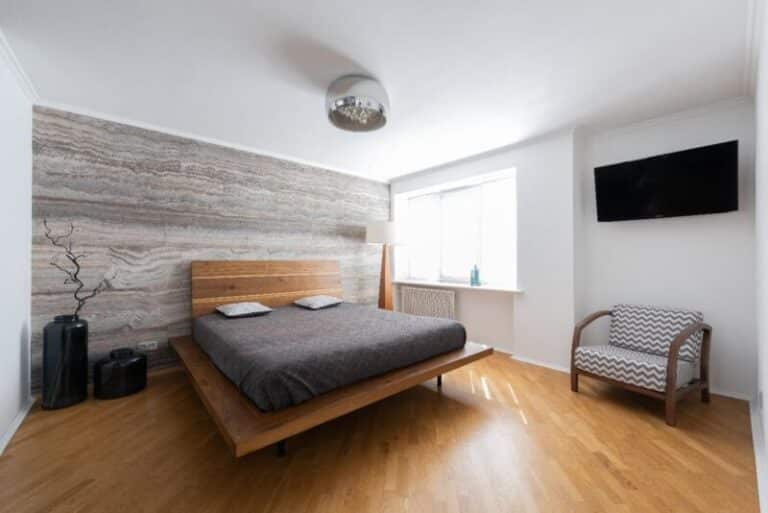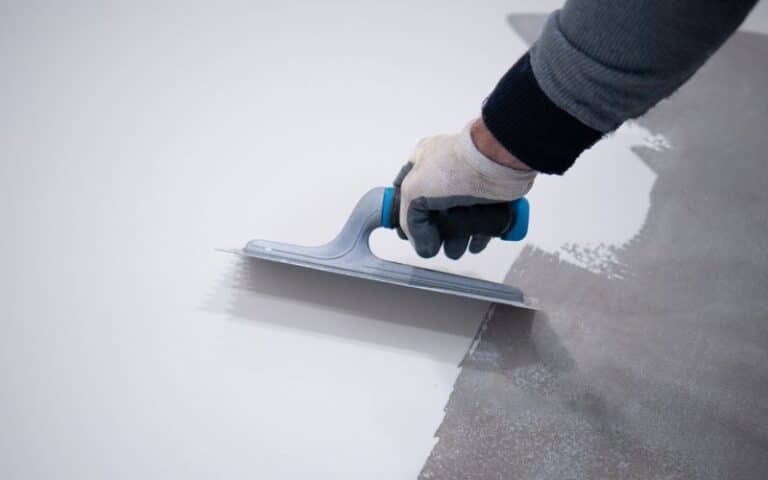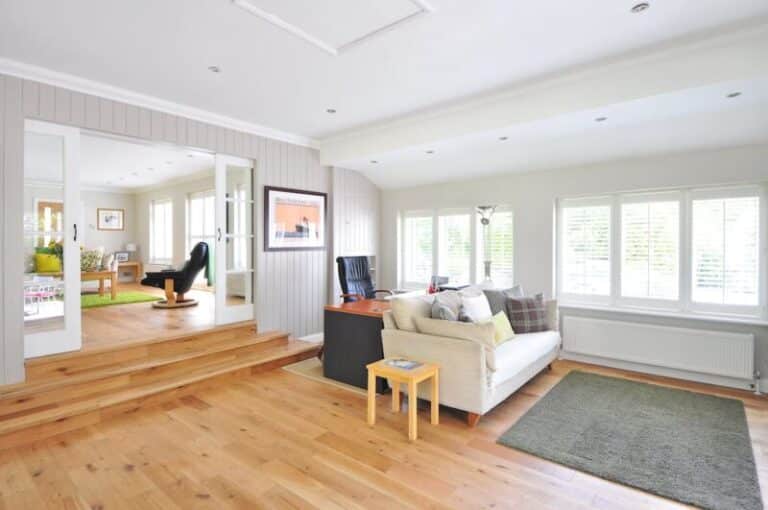Any area of your home where water collects for an extended period will experience a certain amount of damage.
The likelihood of damage is increased in the case of hardwood flooring since it is not always obvious.
Water damage can seriously affect your wooden floors, causing them to swell or buckle due to dampness.
Fortunately, dealing with wood floor swelling from water is a simple process. This article covers in detail how to fix wood floor swelling from water.
Ready for a Flooring Quiz?
Assessing Wood Floor Swelling From Water
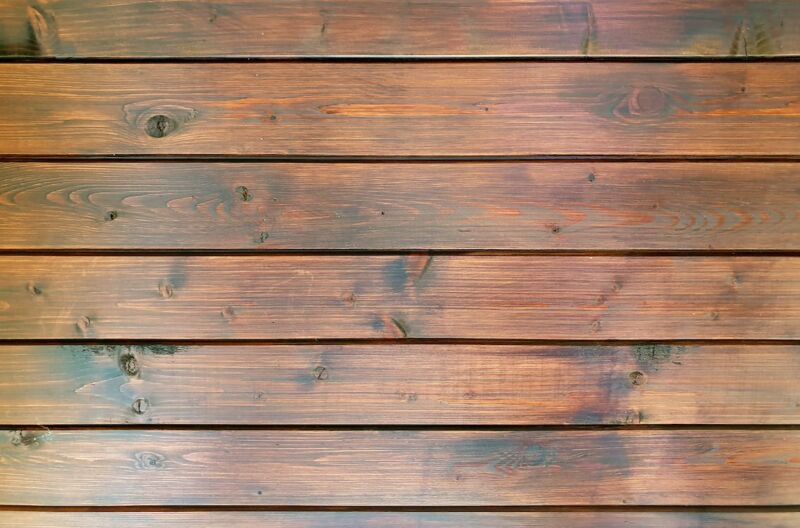
When the floor separates from the subfloor, a wood floor buckles. When this happens, swelling and cupping are likely to develop.
It would be best to determine how severely the water penetration or dampness damages the hardwood floors before taking action.
Finding the source of the moisture or water is the first step. Before taking action on the flooring, the source of the moisture must be properly sealed off or repaired.
After the leak has been fixed, you must locate the area of the floor that is buckling.
If the wood on the flooring seems swelled, bent, or has mold, it is a sign of water damage to the floors. Before taking any extra measures, remediate any areas where mold is developing.
Doing so will help you maintain the quality of your flooring and prevent the mold from growing further.
When you see mold symptoms, you should exercise caution as well. Black mold is one mold that could be very harmful to your health.
Mold exposure can also cause toxic poisoning, which can affect your health.
You can restore the wooden flooring after fixing leaks and handling mold growth.
Removing Moisture Through Dehumidification
Controlling the room’s environment is essential to prevent further damage to your floors.
You can install ventilation fans to dry out the space if the cause of swelling is excessive humidity.
Another effective method is using a dehumidifier that captures moisture and dries the flooring.
Be sure to place the humidifier on top of the wooden floors for it to be effective.
Moreover, you can make the dehumidifiers’ job easier by spreading out mats of materials that help absorb water.
In addition to using dehumidifiers, improving your rooms’ ventilation and enabling air to move more readily through them may accelerate the natural drying process.
If a basement or room is under the floors, exposing such spaces and allowing air and heat to move readily can further improve dehumidification and drying.
Unfortunately, this might not be the case if you had hoped for a rapid drying time. Depending on how moist the wood floors are, it may take a long time to dry them completely.
You may have to wait a few months until things return to normal and the wood is moisture-free.
Scraping the Wood Floor
Scraping is one of the simplest and most basic types of repair. However, you should only resort to this method if the damage to your floors is not that deep.
It would be best if you only scraped off 1/4th of an inch of the hardwood flooring at the very most.
This repair only works if your wooden flooring is experiencing discoloration or swelling. Moreover, this technique is also reliable for removing mold from the floors.
Using Sand Paper
You can also use even steel plates or sandpaper to restore your wooden floor after it has experienced severe water damage.
Using these tools to remove the top two layers of finish is a great solution if the damage is restricted to those layers.
Humidity Stabilizers and Air Conditioners
Adding dry air can also help suck up the moisture in your hardwood floors. Using air conditioners is an excellent way to do this.
Additionally, it is crucial to lowering humidity to prevent the moisture content from rising. Use a humidity stabilizer if you have one to keep the humidity low.
When Should You Replace Your Wooden Flooring?
If some cases, the swelling reaches a point that is beyond repair. In this case, your only option is to replace the flooring or the damaged portion.
Here are instances that require you to replace your wooden flooring:
- When the moisture content of the wood exceeds a certain threshold, it is irreparably damaged and cannot be revived.
- The situation is hopeless, and you must replace your flooring if water has gone through to the subfloor.
- It is impossible to reinstall wooden flooring planks that have buckled due to dampness. Thus, the only option is to replace the damaged parts with fresh hardwood planks. However, finding planks of the same texture and color might be challenging.
Is Wooden Flooring Appropriate for Your Home?
It’s important to note that not every home is ideal for wooden floors. Before buying your wood floor, it is important to evaluate the property thoroughly.
Moreover, monitoring the air quality and temperature for a few days and recording your data before installation would be helpful.
Wrapping Up
Once identified, dealing with wood floor swelling from water is essential to prevent the issue from aggravating.
Follow the tips mentioned in this article to restore your wooden floors and prevent further damage.

